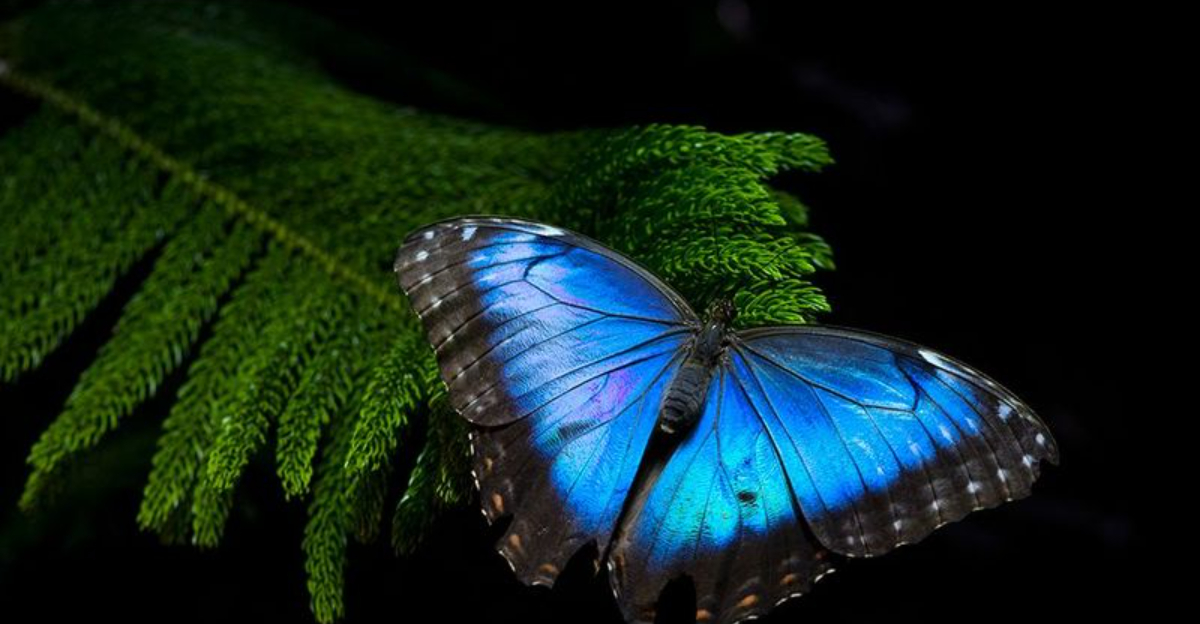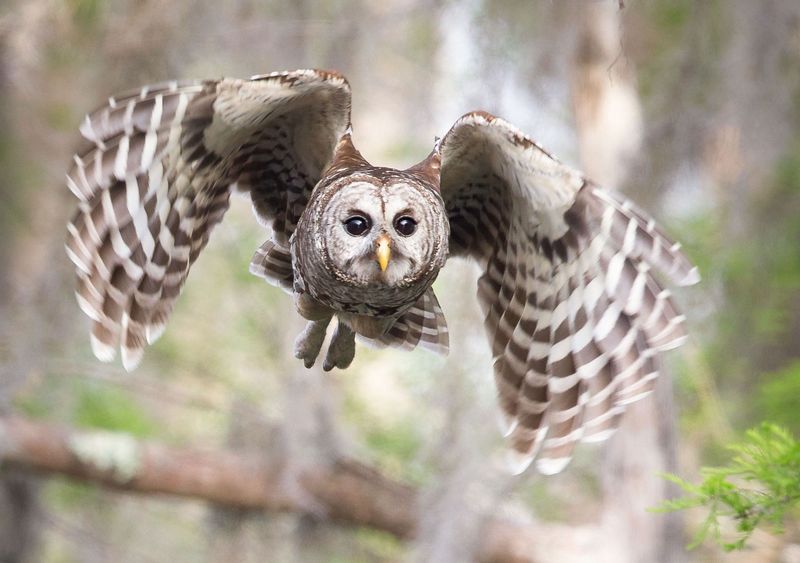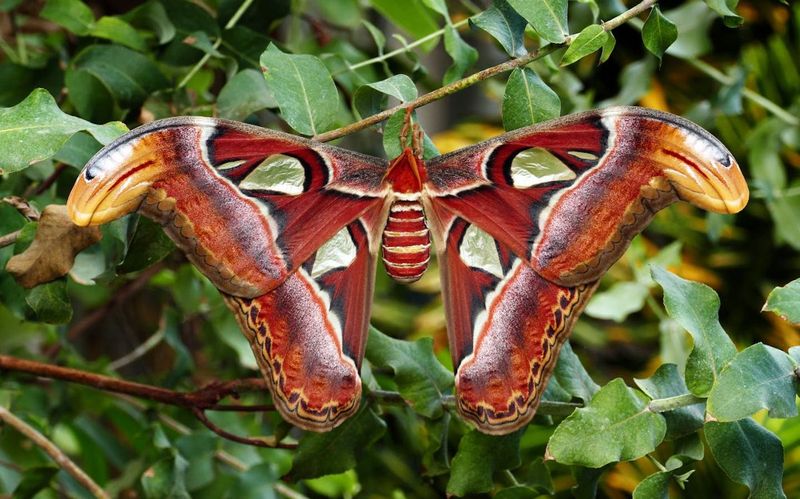Wings are more than tools for flight—they’re masterpieces of design, storytelling, and survival. From delicate patterns to incredible engineering, the wings of the animal kingdom come in breathtaking variety. Whether shimmering in sunlight or slicing silently through the air, each wing tells a story of evolution, purpose, and beauty. Explore the magic behind nature’s Wings of Wonder.
Butterfly Kaleidoscope: Wings Painted by Light
Butterfly wings are natural works of art, with colors that often don’t come from pigment but from microscopic structures that bend and reflect light. This phenomenon, called structural coloration, gives butterflies like the Blue Morpho their iridescent shimmer. Some patterns serve as camouflage, helping them vanish into foliage, while others mimic eyes to ward off predators. The wings are also storytelling canvases—some species evolve unique patterns based on their region, like local dialects in visual form. Scientists are now studying butterfly wings for inspiration in fabric design, solar technology, and even stealth materials. Every flutter is a flash of science and beauty, proving that these tiny creatures carry whole worlds on their wings.
Silent Assassins: The Stealth Wings of Owls
Owls are the ninjas of the bird world, capable of swooping down on prey with barely a whisper. The secret lies in their wings, specially evolved for silence. Unlike other birds, owl feathers have a serrated leading edge and velvety surface that muffles sound. This not only helps them sneak up on unsuspecting rodents but also allows them to hear better while flying—since they generate less noise themselves. Their wide wings and slow, gliding flight further enhance their stealth. It’s nature’s ultimate quiet design, combining aerodynamic efficiency with predator precision. The next time you see an owl glide by, remember: you’re watching a ghost in the sky, wrapped in a cloak of silence.
Moth Marvels: Night Flyers with Hidden Flair
Moths may lack the daytime glamor of butterflies, but their wings are equally—if not more—remarkable. Many moths are masters of disguise, with wing patterns that mimic bark, leaves, or even bird droppings. Others, like the Atlas moth, sport “snake head” markings to startle predators. What’s even more fascinating is that some moths, like the tiger moth, can jam bat sonar using their wings, emitting ultrasonic clicks to confuse their hunters. In the moonlit world they inhabit, moths combine stealth, deception, and a touch of flamboyance. Their wings are coded for survival but executed with surprising flair—making moths the unsung couture artists of the insect realm.
Dragonfly Aerobatics: Ancient Wings with Modern Moves
Dragonflies are aerial acrobats, able to hover, glide, and even fly backward with ease. Their wings operate independently—unlike most flying insects—which allows for incredible maneuverability. These ancient insects (they’ve existed for over 300 million years!) have wings laced with veins that add strength without extra weight. In battle, they’re fierce predators, catching prey mid-air with astonishing accuracy. Yet their wings also dazzle with translucent beauty, often shimmering with greens, golds, and blues. Engineers and roboticists study dragonfly flight for drone design and biomechanics, recognizing that evolution perfected something we’ve yet to fully replicate. In the skies over ponds and wetlands, dragonflies write poetry with precision and power.
Birds of Paradise: Feathers Made for Fantasy
When it comes to show-stopping wings, birds of paradise are in a league of their own. Found mostly in New Guinea, these birds have evolved elaborate plumage that unfolds, fans, and transforms like kinetic sculpture during their courtship displays. Some wings form shields of iridescent black, while others flare out in bright, neon hues. These displays aren’t just beautiful—they’re carefully choreographed performances meant to impress potential mates. Scientists believe sexual selection has driven the development of such wild designs, where only the most dazzling dancers win. Watching a bird of paradise perform is like witnessing high fashion in motion, where wings become part costume, part instrument, and part stage—all in one.





